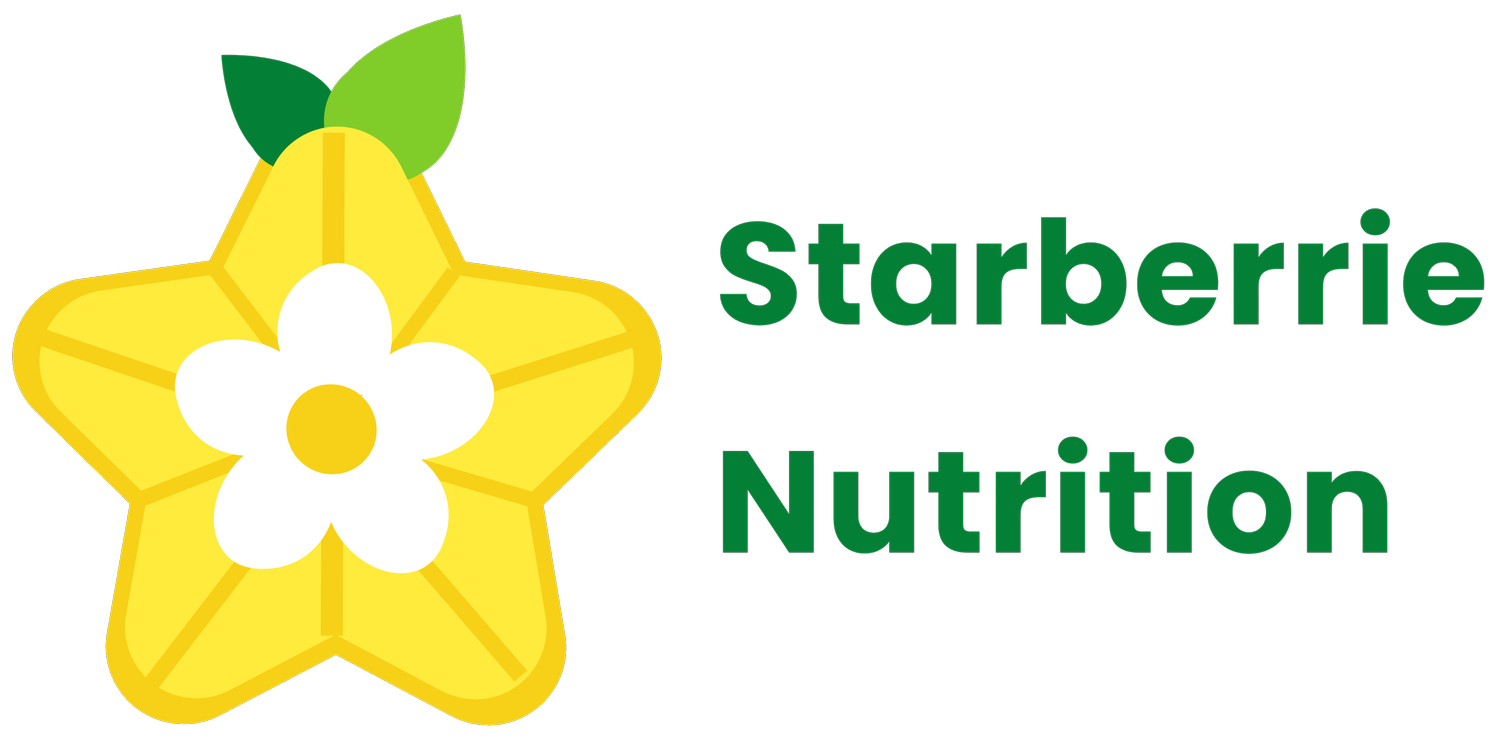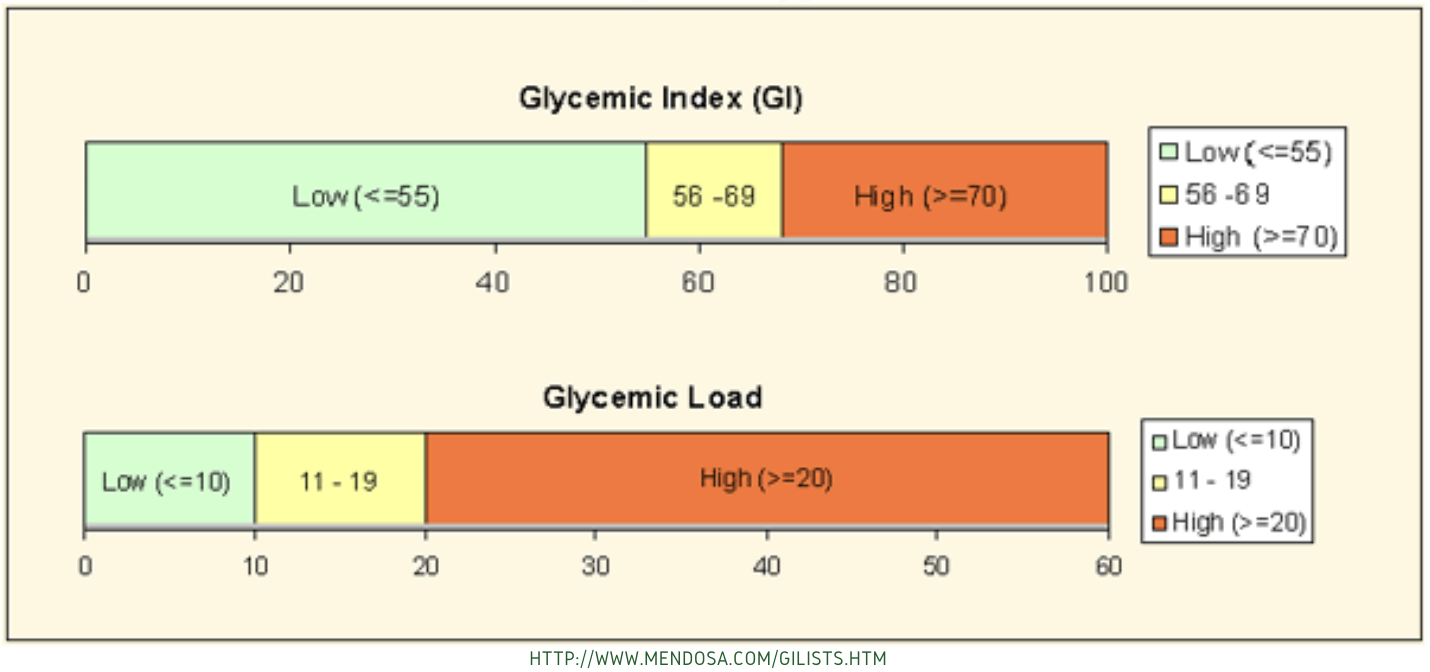The Basics of Diabetes Friendly Eating
What is Diabetes?
Diabetes is a chronic medical condition that affects how your body handles glucose (sugar). There are primarily two types of diabetes: Type 1 and Type 2.
Type 1 Diabetes: This is an autoimmune condition where the body's immune system mistakenly attacks and destroys the insulin-producing cells in the pancreas. As a result, people with Type 1 diabetes require insulin injections to regulate their blood sugar.
Type 2 Diabetes:This is a metabolic disorder characterized by insulin resistance, where the body doesn't use insulin effectively. Over time, the pancreas may produce less insulin, leading to high blood sugar levels.
What is Insulin and Glucagon?
Insulin and glucagon are hormones produced by the pancreas. Insulin lowers blood sugar by allowing cells to take in glucose from the bloodstream. Glucagon raises blood sugar by causing the liver to release stored glucose when needed.
Imagine insulin and glucagon as two friends on opposite ends of a seesaw, helping to keep your blood sugar level in balance.
High Blood Sugar (After Eating):
Insulin is like a superhero that rushes in when your blood sugar levels rise, especially after you eat something containing carbohydrates (like bread or pasta).
Insulin's job is to lower blood sugar by allowing your body's cells to absorb and use the sugar for energy. It's like the friend pushing down on one end of the seesaw.
Low Blood Sugar (Between Meals):
Glucagon takes over when your blood sugar drops, such as between meals or during the night.
Glucagon's role is to raise blood sugar by telling your liver to release stored sugar into the bloodstream. It's like the friend lifting the other end of the seesaw.
Together, insulin and glucagon work harmoniously like friends on a seesaw, ensuring your blood sugar stays balanced. They adjust their efforts depending on whether your blood sugar needs to go up or down, all to keep you feeling your best!
Insulin Resistance
Insulin resistance is like a locked door for sugar in your cells. Normally, when you eat, your body produces insulin to help sugar enter your cells for energy. However, with insulin resistance, your cells become less responsive to insulin, making it harder for sugar to get inside.
Now, here's why it matters:
Blood Sugar Trouble: Since sugar can't easily enter your cells, it stays in your bloodstream, leading to higher blood sugar levels. Over time, this can put you at risk for type 2 diabetes.
Energy Drain: Your cells don't get the energy they need, which can make you feel tired and sluggish.
Weight Gain: Insulin resistance can make it easier to gain weight, especially around your belly.
Heart Health: It's linked to heart problems like high blood pressure and cholesterol issues.
But here's the good news: You can reverse or manage insulin resistance with lifestyle changes like a healthy diet, exercise, and, if needed, medications. Understanding and addressing insulin resistance is a key step in taking control of your health and well-being.
Main Types of Macronutrients:
Carbohydrates: These are one of the three main macromolecules and have the most direct impact on blood sugar. Carbohydrates can be categorized as simple (sugars) or complex (starches and fiber). Fiber, found in foods like whole grains and vegetables, is essential for diabetes management as it slows the absorption of glucose, helping to maintain steady blood sugar levels. On the flip side, it's crucial to limit added sugars and focus on natural sugar sources, such as fruits. Reading food labels can help you identify hidden sugars in packaged foods.
Proteins: Proteins are essential for tissue repair and growth. They have a minimal effect on blood sugar and can help stabilize it when combined with carbohydrates.
Fats: Fats are another macromolecule that has a limited impact on blood sugar. Healthy fats like avocados and nuts can be a part of a diabetes-friendly diet.
“Carbohydrates are NOT bad!”
It is the body's preferred energy source, and without it, we can experience lack of energy, food cravings, loss of memory, difficulty concentrating, moodiness, and hunger.
Glycemic Load and Glycemic Index
The glycemic index (GI) measures how quickly a carbohydrate-containing food raises blood sugar. Low-GI foods like whole grains are preferred, as they have a gentler impact on blood sugar. Glycemic load (GL) considers both the quality and quantity of carbohydrates consumed.
If you isolate the sugars in watermelon, as the glycemic index does, they are quite high (GI=80). But if you consider the amount of carbs in a serving, which is a 1-inch slice of a watermelon, as the glycemic load does, the absorption of the sugars is quite low (GL=5). Foods high in fiber will also slow down how quickly they release the sugar e.g. carrots.
This is what we want. Slow absorption of sugar for more sustained energy, weight management and overall health.
Balanced Plate
A balanced plate includes a mix of carbohydrates, proteins, and healthy fats (PFF). Aim to fill half your plate with non-starchy vegetables, one-quarter with lean protein, and one-quarter with whole grains or starchy vegetables.
Canada’s Healthy Plate
Lower your risk by including plenty of the following in your diet:
Fresh vegetables: The best choices are fresh, frozen, and canned vegetables and vegetable juices without added sodium, fat, or sugar. Try to eat at least 3-5 daily servings of vegetables.
Fruits: Eat fruits that are fresh, frozen, or canned without added sugars.
Whole grains: A whole grain is the entire grain, which includes the bran, germ, and endosperm (starchy part). Shop for cereals and grains that have the first ingredient as a whole grain, such as whole wheat flour, whole oats/oatmeal, brown rice and try to include dried beans, legumes, peas, and lentils into several meals per week. They are a great source of protein and are loaded with fiber, vitamins and minerals.
Choose healthier options for dairy and meat:
Low-fat or non-fat dairy products Choose fat-free or low-fat (1%) milk, non-fat yogurt (without added sugar), and unflavored soy milk.
Lean meats: The best choices are cuts of meat and meat alternatives that are lower in saturated fat and calories. Include fish and seafood, poultry without the skin, eggs, and choice grades of meat trimmed of fat.
Most importantly, be sure to watch portion sizes.
Conclusion: Incorporating these concepts into your daily life can be a game-changer when managing diabetes. Remember, it's essential to work closely with your healthcare team to create a plan that's tailored to your specific needs. By making informed choices and prioritizing a balanced diet and exercise, you can take control of your diabetes and lead a healthier life.










